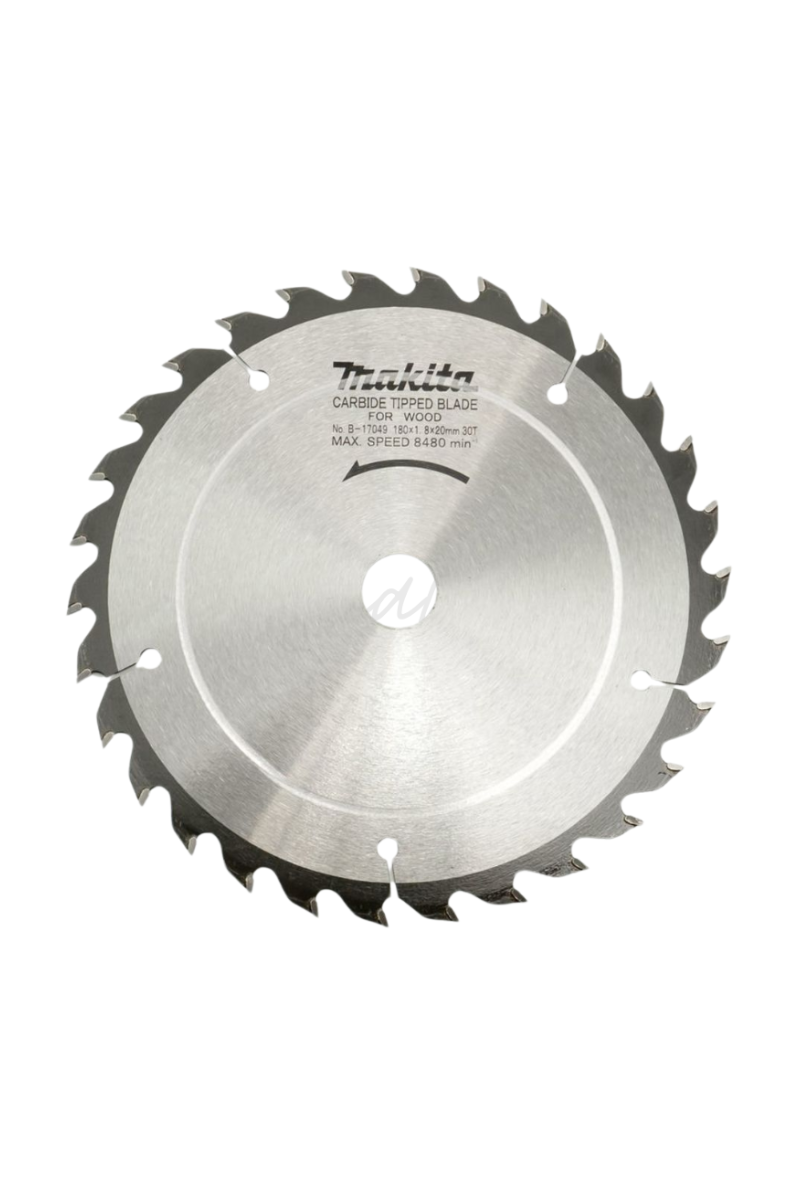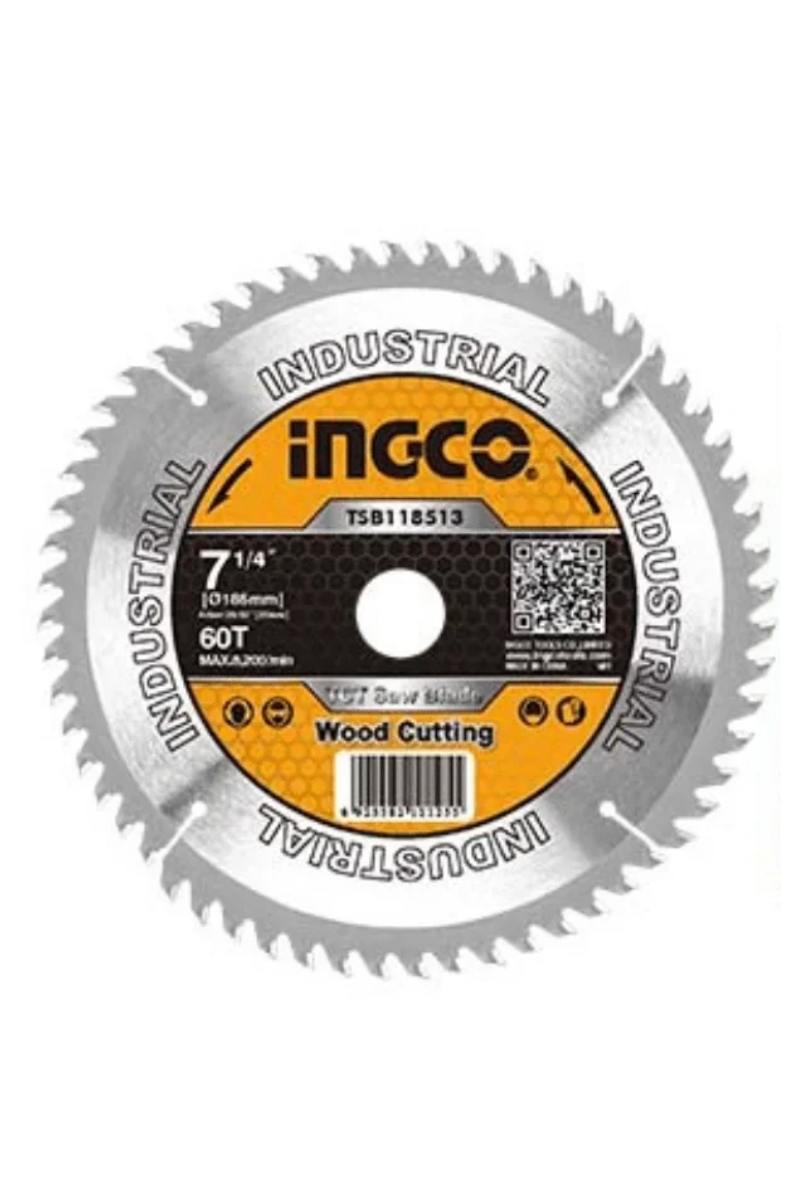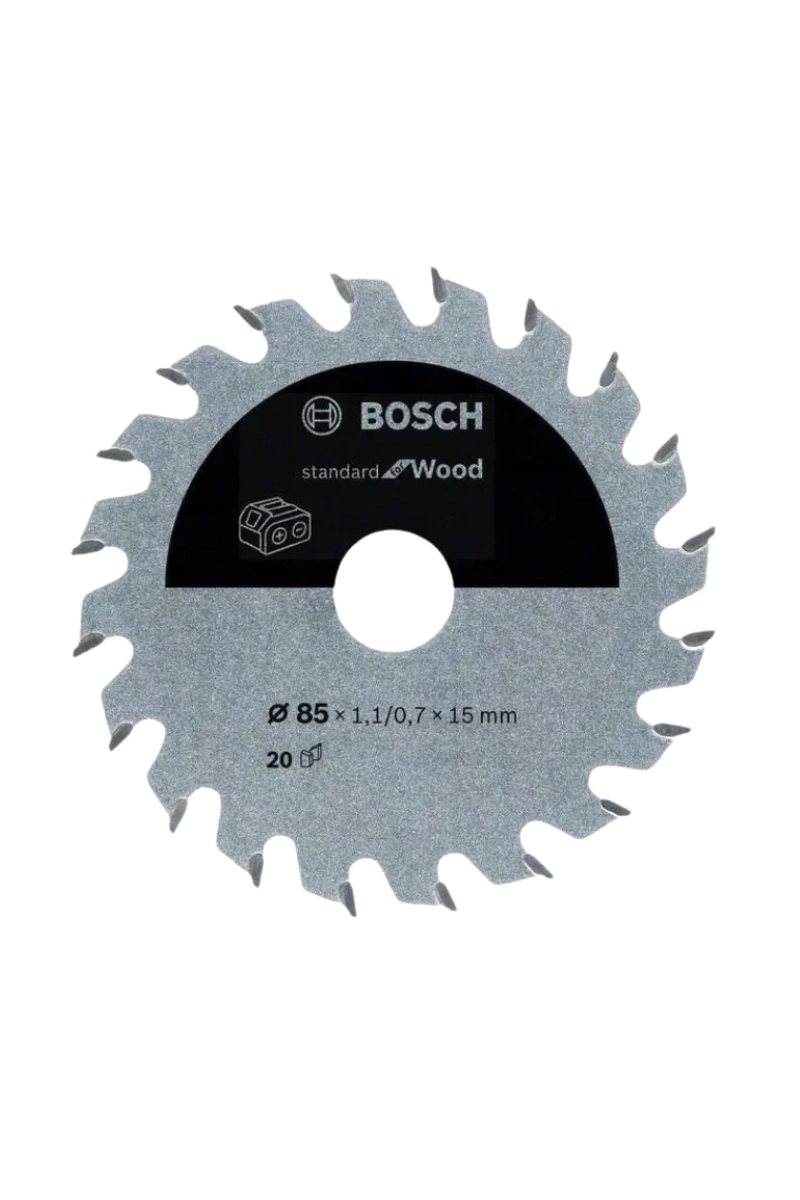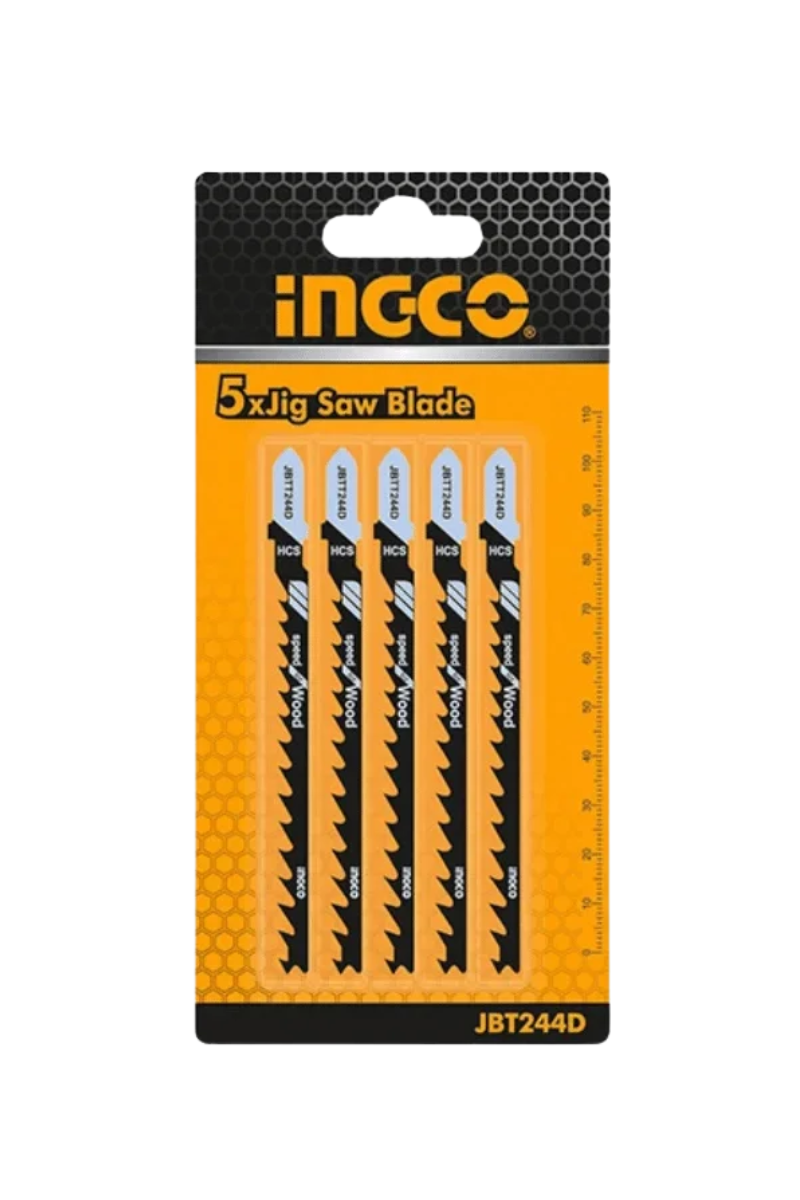Everything About Saw Blades: Choose Right, Use Smart
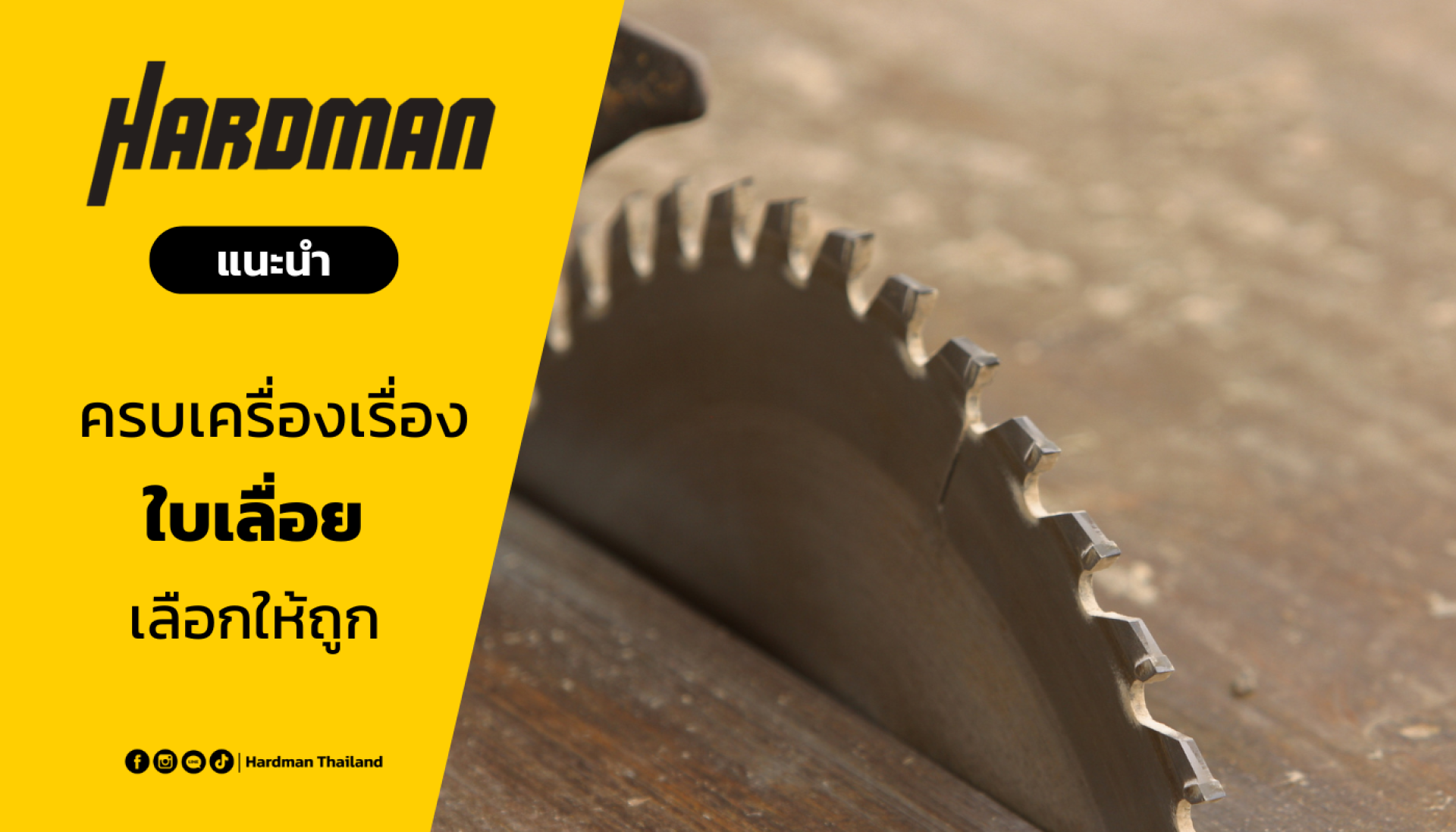
In the world of craftsmanship, whether it's woodworking, metalworking, or general installation, one of the core components for cutting tasks is the "saw blade." While it might seem like just a thin piece of steel with sharp teeth, in reality, the saw blade is crucial for determining the quality of the cut, safety during work, and the overall efficiency of the tool.
Saw blades come in many types, sizes, and materials, each suited to different tasks and tools. Choosing the wrong type of saw blade can lead to messy work, increase the risk of accidents, or easily damage the machine.
What is a Saw Blade
A saw blade is a cutting disc with teeth designed to bite into or shear various materials along a desired line. It's installed onto a tool that provides rotational or oscillatory force. The saw blade's function is to precisely "cut" materials apart. Achieving smooth, clean, and safe cuts depends on whether the correct saw blade is chosen for the specific task.
Generally, saw blades have the following key characteristics:
- Teeth around the edge or on the front, for cutting material.
- A central hole for mounting onto the tool's arbor.
- Made from different materials to suit the material being cut, such as wood, metal, aluminum, or tiles.
Types of Saw Blades
Saw blades aren't one-size-fits-all; they are designed in various forms to accommodate different materials and tools.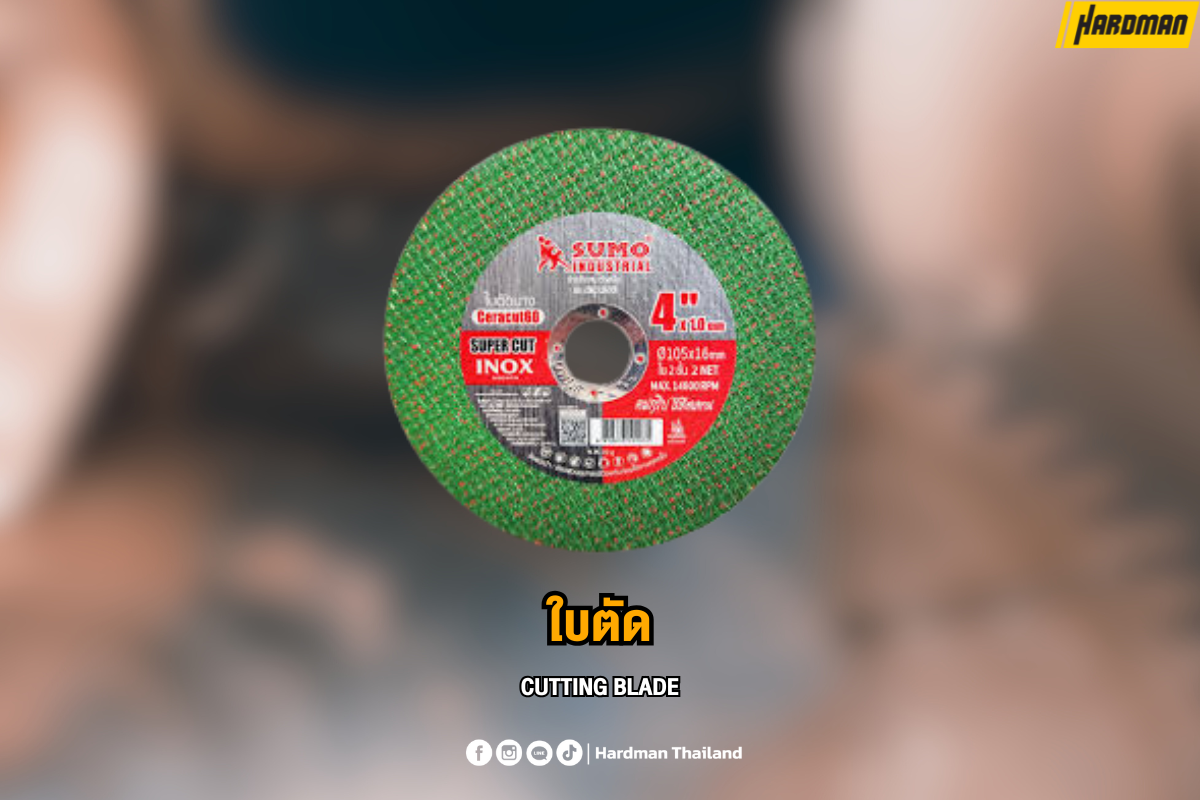
1. Cutting Blade
This type of blade functions similarly to general saw blades but stands out due to its circular shape and large diameter. Made from high-quality aluminum oxide abrasive grains, it is sharp, strong, and highly resistant to pressure and friction. This blade also removes minimal material, making it popular for cutting both ferrous and non-ferrous materials, including steel, stainless steel, aluminum, ceramics, tiles, concrete, marble, granite, and bricks.
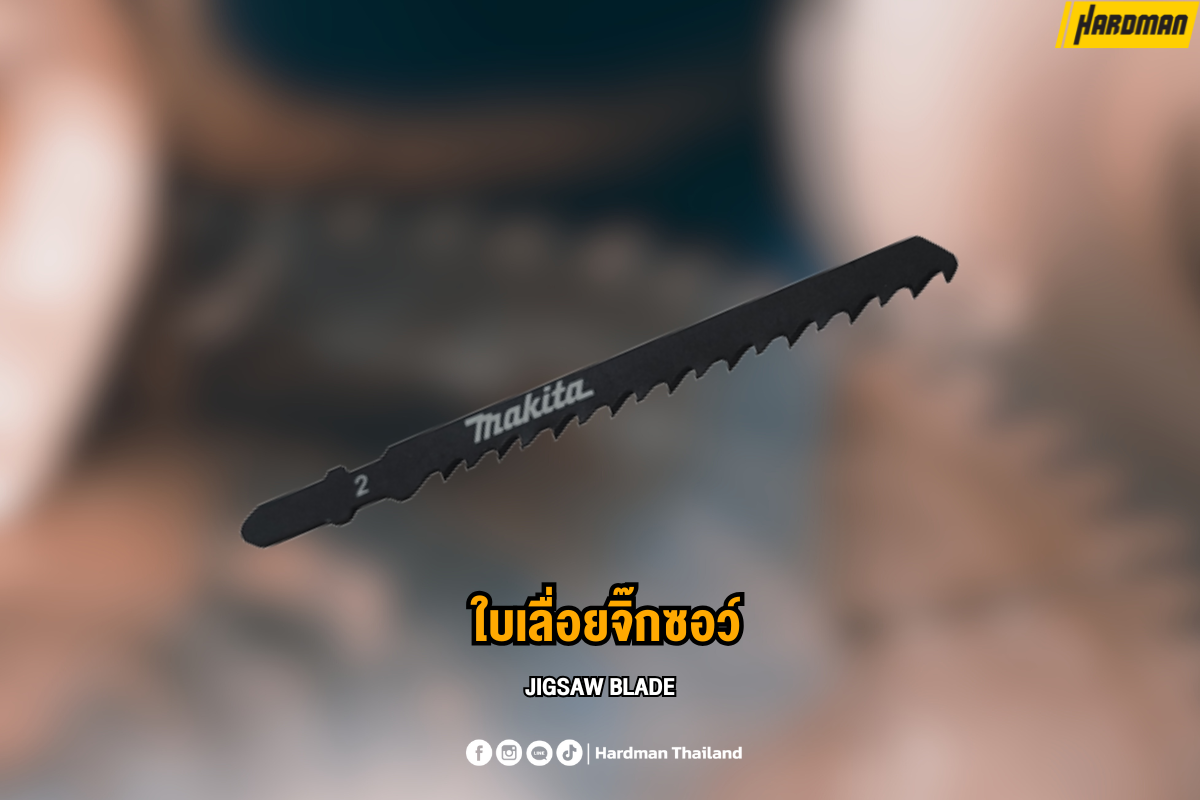
2. Jigsaw Blade
Jigsaw blades feature a specially designed blade shape for versatile applications, including piercing, extra-long blades, and even toothless options. They are compatible with electric jigsaws or cordless multi-purpose saws, making them popular for cutting both ferrous and non-ferrous materials such as stainless steel sheets, steel sheets, aluminum sheets, plywood, and plastic boards.
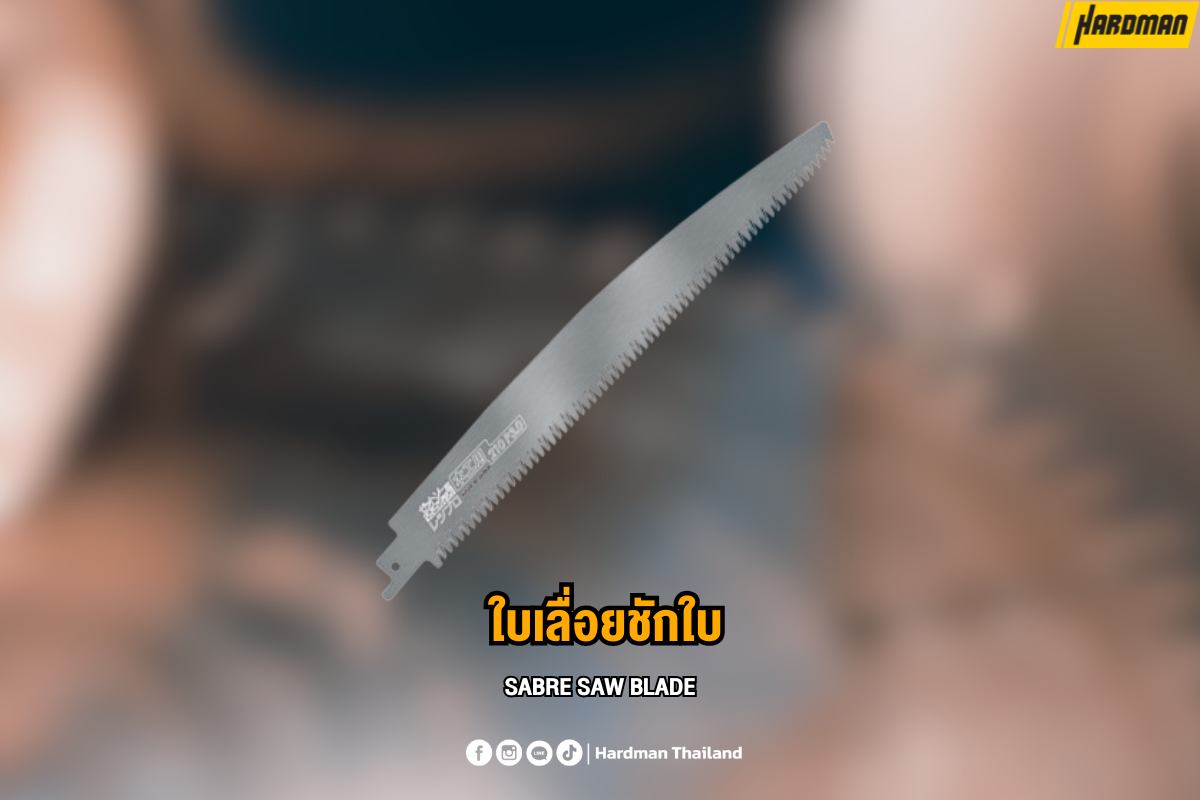
3. Sabre Saw Blade
Resembling a sword, this saw blade is made from high-quality material known for its strength and wear resistance, ensuring a long lifespan. It can be used with cordless electric reciprocating saws and is suitable for cutting water pipes, electrical conduits, steel, or wood panels.
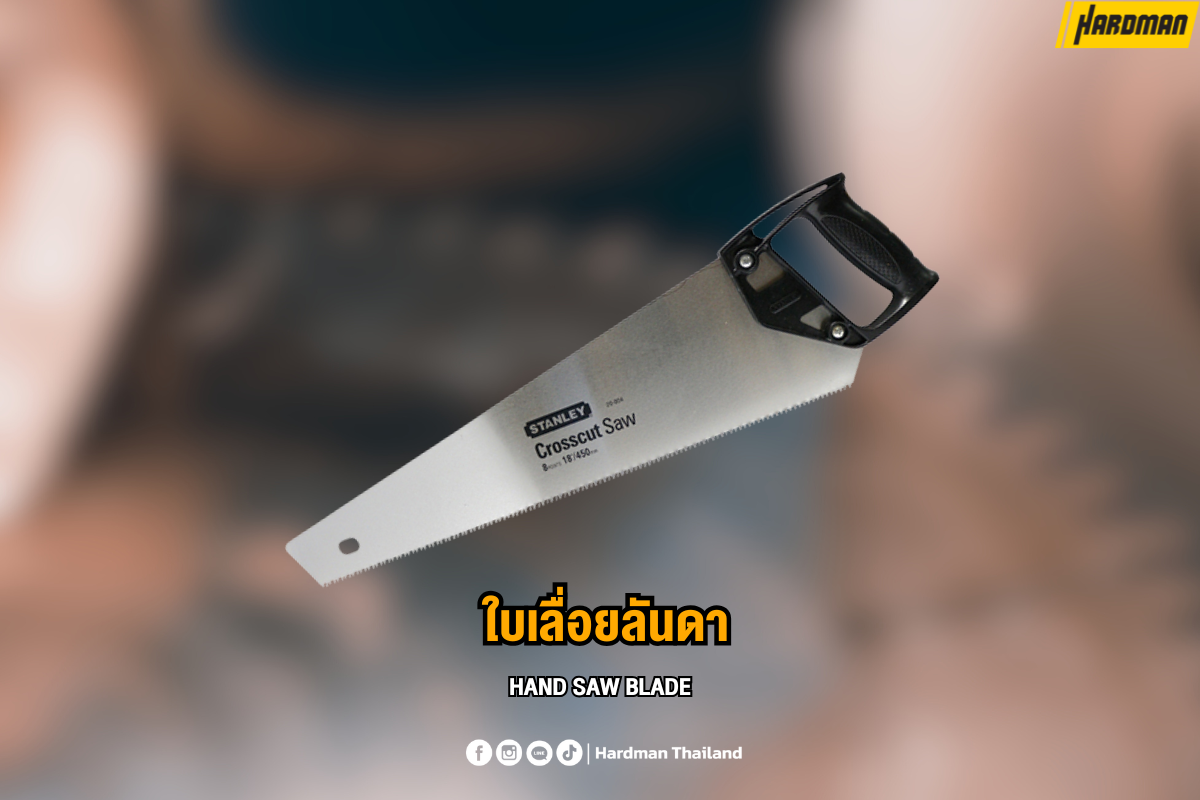
4. Hand Saw Blade
Designed for manual hand saws, this blade is a thin, tapered sheet made from well-hardened carbon steel, ensuring high durability and rust resistance. Its sharp teeth are uniformly arranged along the entire length of the blade. The base of the blade is connected to a plastic or rubber-coated handle for a comfortable grip. This type of blade is popular for general woodworking tasks, including cutting plywood, wall panels, or synthetic wood.
5. Circular Saw Blade
This saw blade is circular with a large diameter. Its teeth are made from tungsten carbide, which is exceptionally hard and resistant to heat and friction, preventing easy deformation. This blade is specifically designed for use with circular saws and is popular for cutting materials that are not excessively hard or thick, such as plywood, aluminum, thin steel sheets, lightweight concrete blocks, and plastics.
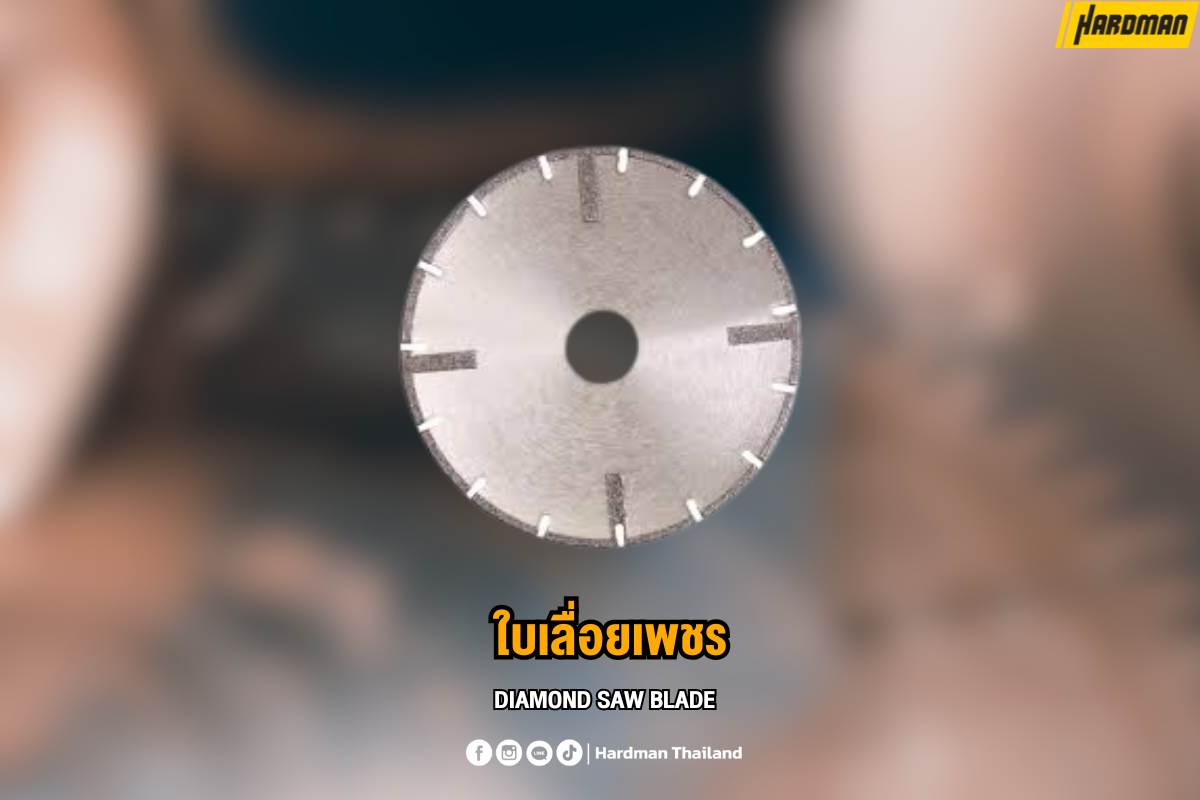
6. Diamond Saw Blade
This saw blade is circular with a large diameter, and its blade is made from diamond. This makes it exceptionally sharp, friction-resistant, durable, and highly efficient for cutting. It can be used with electric saws for both dry and wet cutting. This blade is popular in the construction industry for cutting hard materials such as hardwood, glass, ceramics, marble, tiles, and bricks.
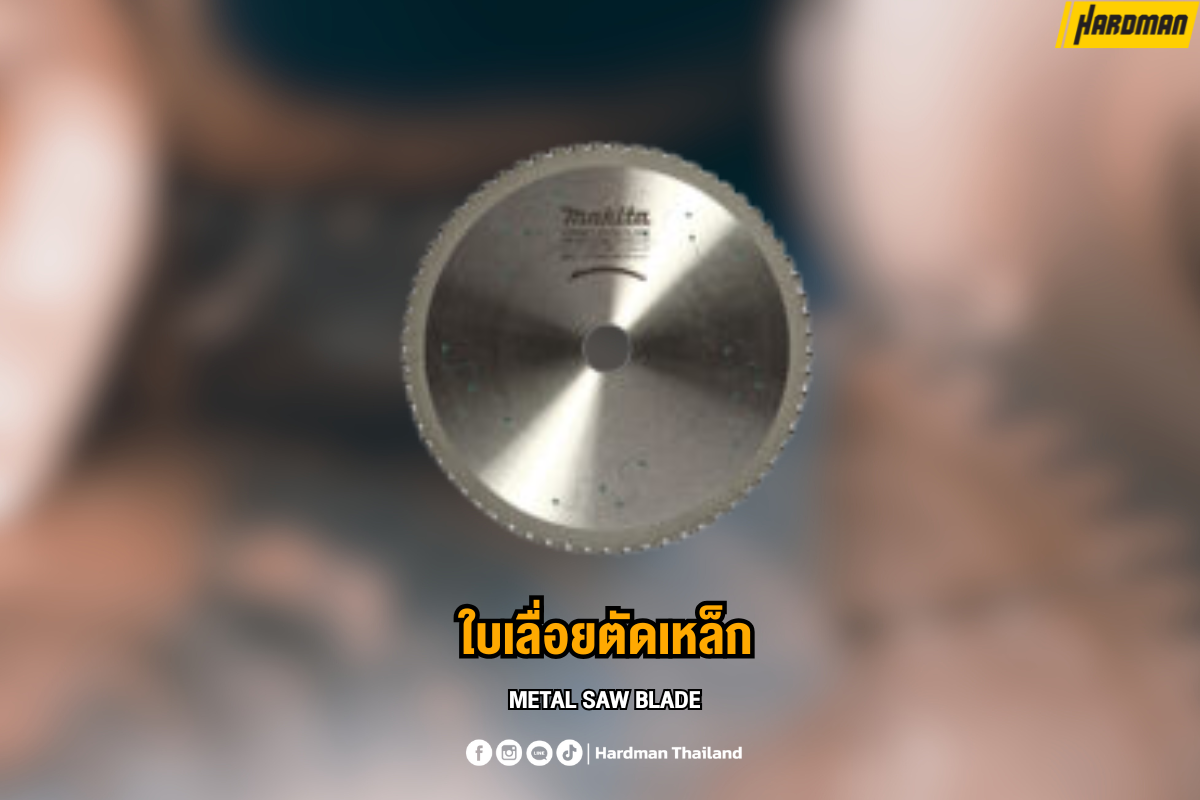
7. Metal Saw Blade
This saw blade is specifically designed for cutting steel and various other metals. It is circular, and its teeth are made from HSS (High-Speed Steel) grade steel. This material is highly heat-resistant, non-deforming, and rust-preventing, allowing for fast cuts without burning the workpiece surface and reducing vibration during cutting. This blade is compatible with circular saws and general fiber cutting machines.
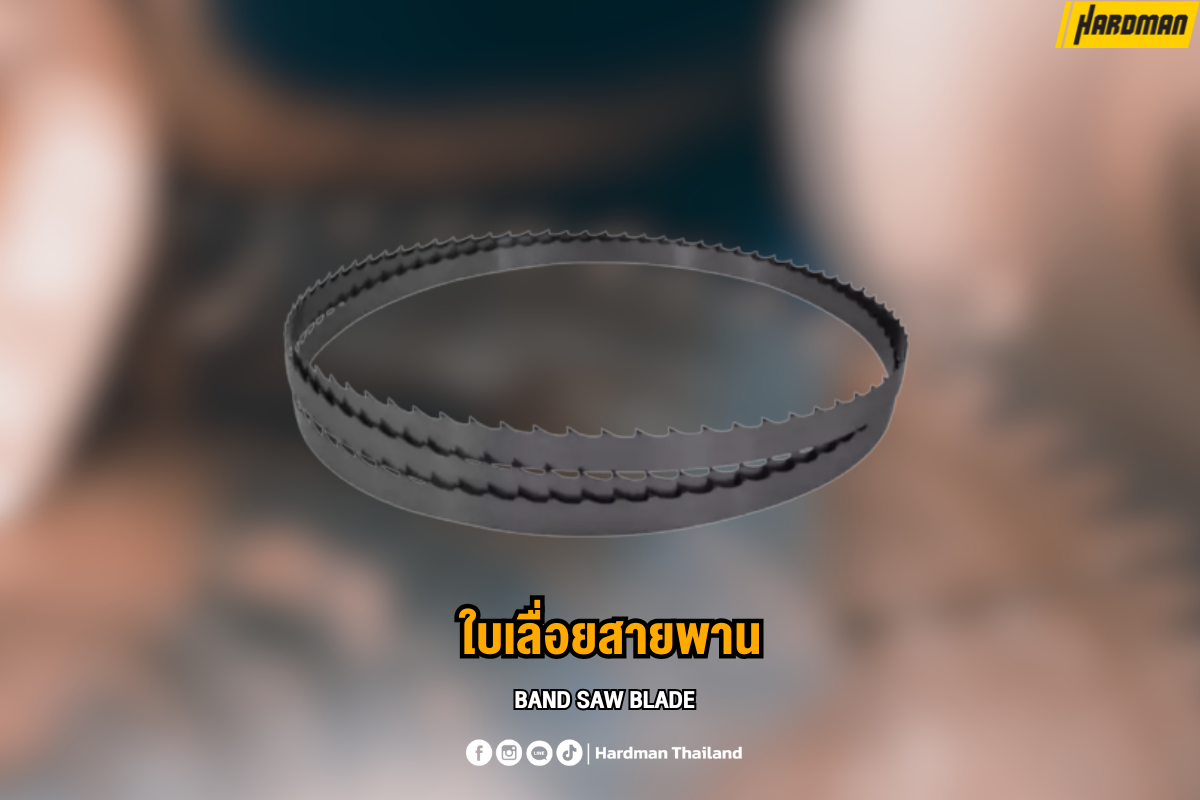
8. Band Saw Blade
This saw blade is commonly used with band saws. It is a thin, flexible strip that can be custom-cut to desired lengths. Its teeth are made from hardened high-speed steel, making this blade hard, tough, extremely sharp, and resistant to breakage. It also operates with minimal noise and effectively reduces vibration during cutting. This makes it popular for cutting a wide variety of materials, including wood, steel, stainless steel, meat, frozen food, fabric, leather, and paper.
Source: https://www.changfi.com/fix/2022/02/01/14756/
Saw Blade Materials and Their Impact on Use
The properties of a saw blade vary significantly depending on the material it's made from, which greatly affects its durability, sharpness, and application.
- Carbon Steel: This material is inexpensive and suitable for light woodworking. However, it has a short lifespan and is not heat-resistant.
- Bi-Metal: Featuring teeth made from high-speed steel and a flexible blade body, bi-metal blades are durable and ideal for cutting metals and steel. They offer a long lifespan.
- Tungsten Carbide-Tipped (TCT): These blades are extremely sharp and highly durable for heavy use. They are perfect for cutting hardwood, light metals, and plastics.
- Diamond Blade: Coated with synthetic diamond powder, these blades are designed to cut very hard materials such as tiles, granite, concrete, and thin steel.
How to Choose the Right Saw Blade for Your Task
- Type of Material to be Cut: Different materials require different blade characteristics. For example, cutting wood needs coarse teeth, while cutting aluminum requires a finer blade.
- Compatibility with Your Tool: Each blade type is designed for specific tools (e.g., circular saws, jigsaws). Ensure the blade matches your machine.
- Blade Size: Check the diameter and arbor hole to ensure it fits your tool correctly.
- Number of Teeth (TPI): More teeth result in a smoother, finer cut but a slower cutting speed. Fewer teeth mean faster cutting but potentially a rougher finish.
- Blade Material Quality: For demanding tasks, opt for carbide-tipped or bi-metal blades due to their superior durability.
- Budget: While higher-priced blades might seem like a bigger investment upfront, they often prove more cost-effective in the long run due to their durability and ability to be resharpened multiple times.
Maintaining Your Saw Blades for Extended Use
- Clean after every use: Use a brush or an oil-dampened cloth to wipe off sawdust, metal chips, or any other debris.
- Store in a dry place: This prevents rust. Avoid stacking blades where they can knock against each other.
- Inspect condition: If a blade is dull, has broken teeth, or shows any cracks, stop using it immediately.
- Sharpen the blade: Some saw blades can be professionally sharpened by a skilled technician.
- Avoid cutting the wrong material: For example, using a wood blade to cut metal will dull the teeth or burn the blade.
Saw Blade Safety Precautions
- Wear personal protective equipment (PPE): This includes safety glasses, gloves, and a dust mask.
- Secure the workpiece: Ensure the material is clamped firmly and cannot move while you're cutting.
- Choose the right blade for the tool: Never force a blade that's too small or too large for your saw.
- Do not use cracked or worn blades: These blades are at high risk of shattering or breaking apart during operation.
- Do not modify the tool or blade: Altering or adapting equipment can lead to dangerous malfunctions.
- Stop immediately if there's unusual noise or vibration: This could indicate a warped blade, damaged teeth, or a problem with the saw itself.
Recommended Products
1. MAKITA 7" Carbide-Tipped Circular Saw Blade, Model B-17049
Key Features:
- Made from high-quality steel with teeth coated in Tungsten Carbide, an exceptionally hard and durable material.
- Features 40 teeth, designed for smooth cuts without chipping, perfect for jobs requiring high precision.
- Standard 7-inch (185 mm) size, compatible with most common circular saws.
- Excellent balance minimizes vibration during cutting, allowing for accurate control and reducing work errors.
Ideal for:
- General woodworking, including pine, hardwood, plywood, and MDF.
- Professional tradespeople who demand high-quality finishes.
- Home renovation projects and furniture assembly.
- Users who want a sharp, durable blade that doesn't need frequent replacement.
Key Features:
- Manufactured from high-quality, industrial-standard steel.
- Features 40 Tungsten Carbide teeth for sharpness and extended lifespan.
- Delivers straight, consistent cuts without excessive material removal.
- Rust-resistant coating makes it suitable for use in damp environments or outdoors.
- 7-inch size is compatible with common circular saws from brands like INGCO, Makita, and DeWalt.
Ideal for:
- General carpenters and construction workers.
- Beginners using circular saws.
- DIY home projects, such as cutting MDF, processed wood, or thin plywood.
- Those seeking an affordable yet practical saw blade for real-world use.
Key Features:
- Small and compact size with an 85 mm diameter, making it ideal for mini-saws or cordless power tools.
- Features 20 teeth (T20), providing fine cutting and easy control.
- Specifically designed for applications requiring high precision in confined areas.
- Specially coated teeth reduce friction, keeping the blade cool and extending its lifespan.
Ideal for:
- Built-in furniture installation and furniture making.
- DIY projects using mini-saws or requiring intricate cuts.
- Cutting thin wood, plywood, laminate sheets, or thin plastics.
- Tasks that require portable, lightweight tools.
4. STANLEY 10-inch, 120-Tooth Aluminum Cutting Circular Saw Blade, Model 20-539
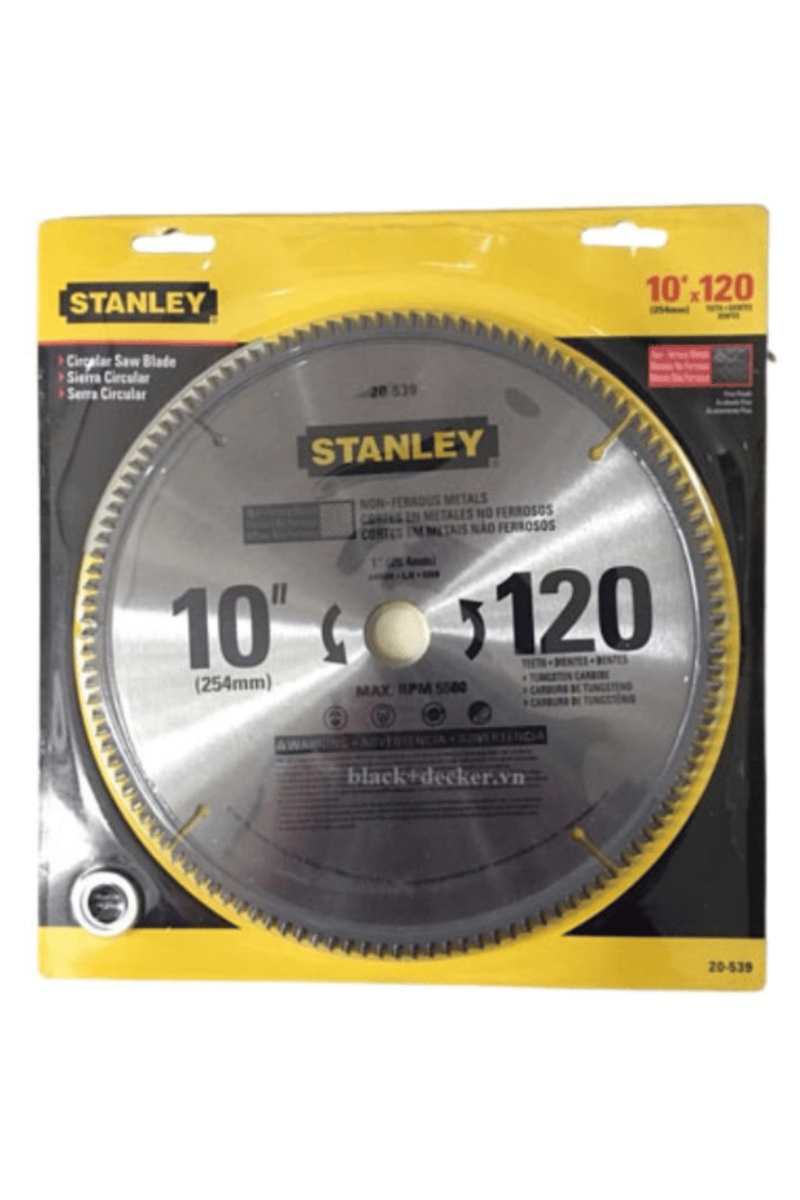 |
Key Features:
- Large 10-inch blade with 120 fine teeth for exceptionally smooth and precise cutting.
- High Density Carbide teeth ensure seamless cutting of soft metals like aluminum.
- Features a special coating to reduce heat buildup, preventing damage from high friction.
- Designed specifically for use with aluminum cutting saws or electric miter saws.
Ideal for:
- Aluminum fabricators and glass/window technicians.
- Cutting aluminum channels, profiles, thin pipes, and sheets.
- Professionals requiring high precision in light metal work.
- Factories manufacturing frames or installing aluminum roofing.
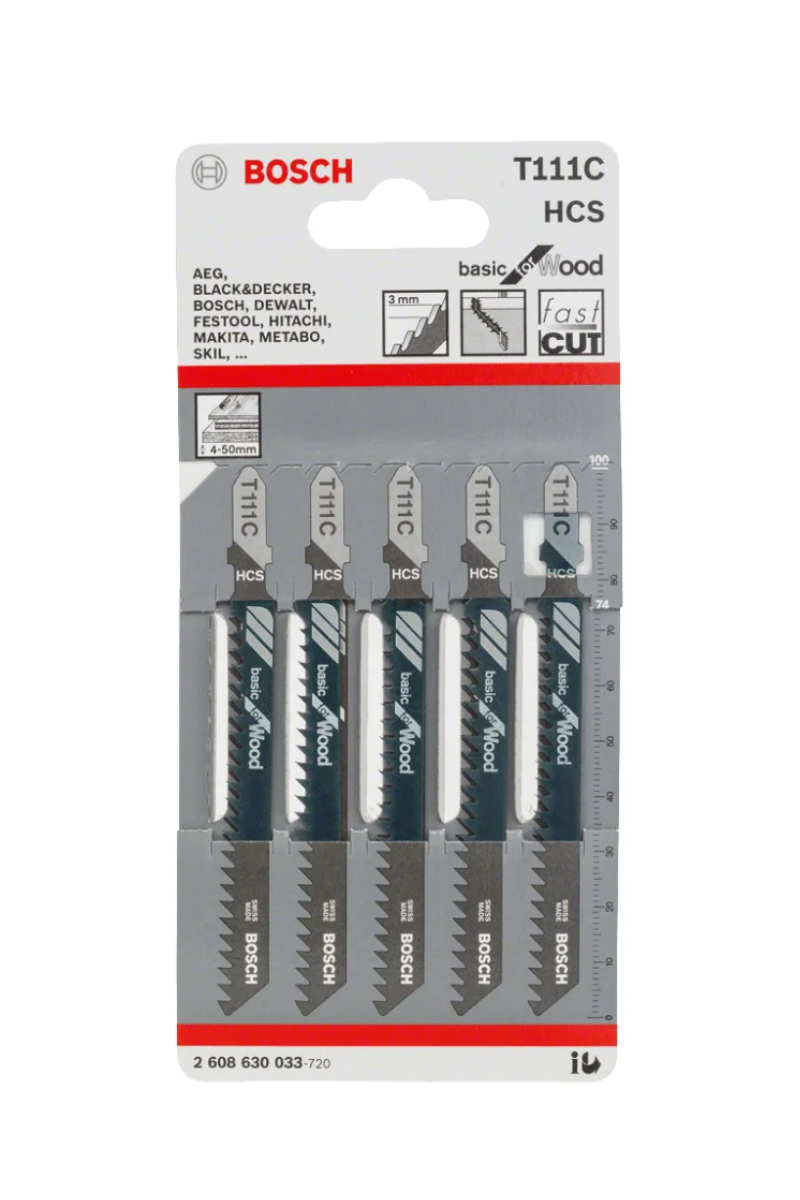 |
Key Features:
- Features coarse teeth engineered for rapid cutting.
- The Wavy Set & Milled edge teeth provide consistent cutting force with every stroke.
- Made from High Carbon Steel (HCS) for excellent flexibility, preventing easy breakage.
- Each pack contains 5 blades, allowing for continuous use.
Ideal for:
- Cutting softwood, plywood, MDF, and OSB.
- DIY furniture projects and general home woodworking.
- Users who prioritize cutting speed over a perfectly smooth finish.
Key Features:
- Made from High Carbon Steel (HCS), providing excellent flexibility.
- Coarse teeth ensure fast and smooth cutting of wood without binding or straining the machine.
- Engineered for woodworking tasks that require precision and speed.
- Standard blade length ensures compatibility with many jigsaw brands.
Ideal for:
- General construction work, such as cutting wood panels and framing.
- Beginners using jigsaws.
- Household projects or on-site repairs.
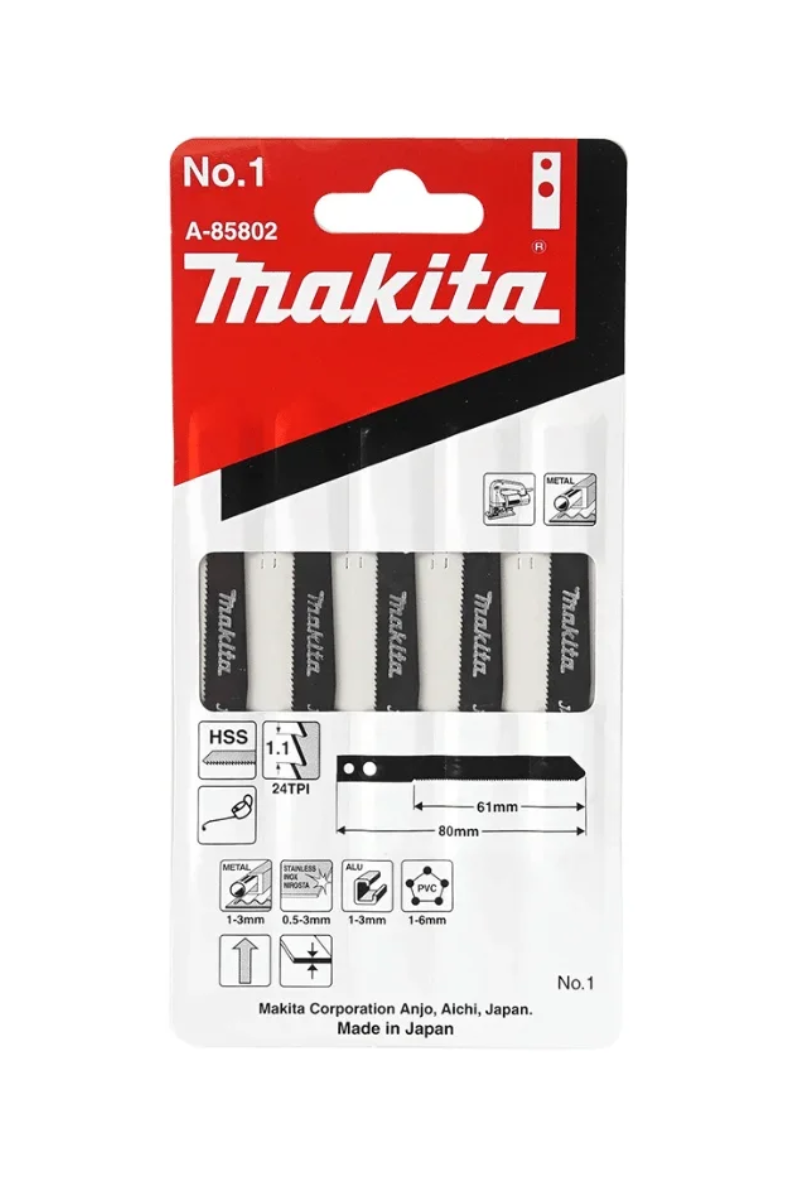 |
Key Features:
- Made from Bi-Metal, a combination of steel and special heat-resistant metal for superior durability.
- Features fine teeth that ensure smooth cuts on metal sheets without overheating the workpiece.
- Offers high hardness, allowing for continuous use without deformation.
- The blade edge is resistant to bending, ensuring safe operation.
Ideal for:
- Cutting thin steel, square steel tubing, and steel pipes.
- General system installations and fitting work.
- Users who need to cut metal using a jigsaw instead of a larger cutting machine.
8. DEWALT 18 TPI Band Saw Blade, Model DW3983 (3 Pcs/Set)
Key Features:
- Made from special Bi-Metal, offering high flexibility and excellent vibration resistance.
- Features fine 18 TPI (Teeth Per Inch) for smooth, splinter-free cuts.
- Provides high strength, ensuring a longer lifespan than general blades.
- Comes in a pack of 3 blades, offering great value for continuous work.
Ideal for:
- Industrial factories.
- Professional metalworkers who need to cut thin steel or steel sheets.
- Users requiring high precision in metal cutting tasks.
Summary
A saw blade might seem like just a thin piece of metal, but its importance in the world of craftsmanship is greater than it appears. When chosen correctly for the task, used properly, and maintained regularly, a saw blade will help you cut materials precisely, safely, and with maximum efficiency. Understanding the types of saw blades, the materials they're made from, and various safety precautions is crucial and should not be overlooked. Choosing the wrong blade can not only affect the quality of your work but also risk damaging your tools and endangering yourself.
